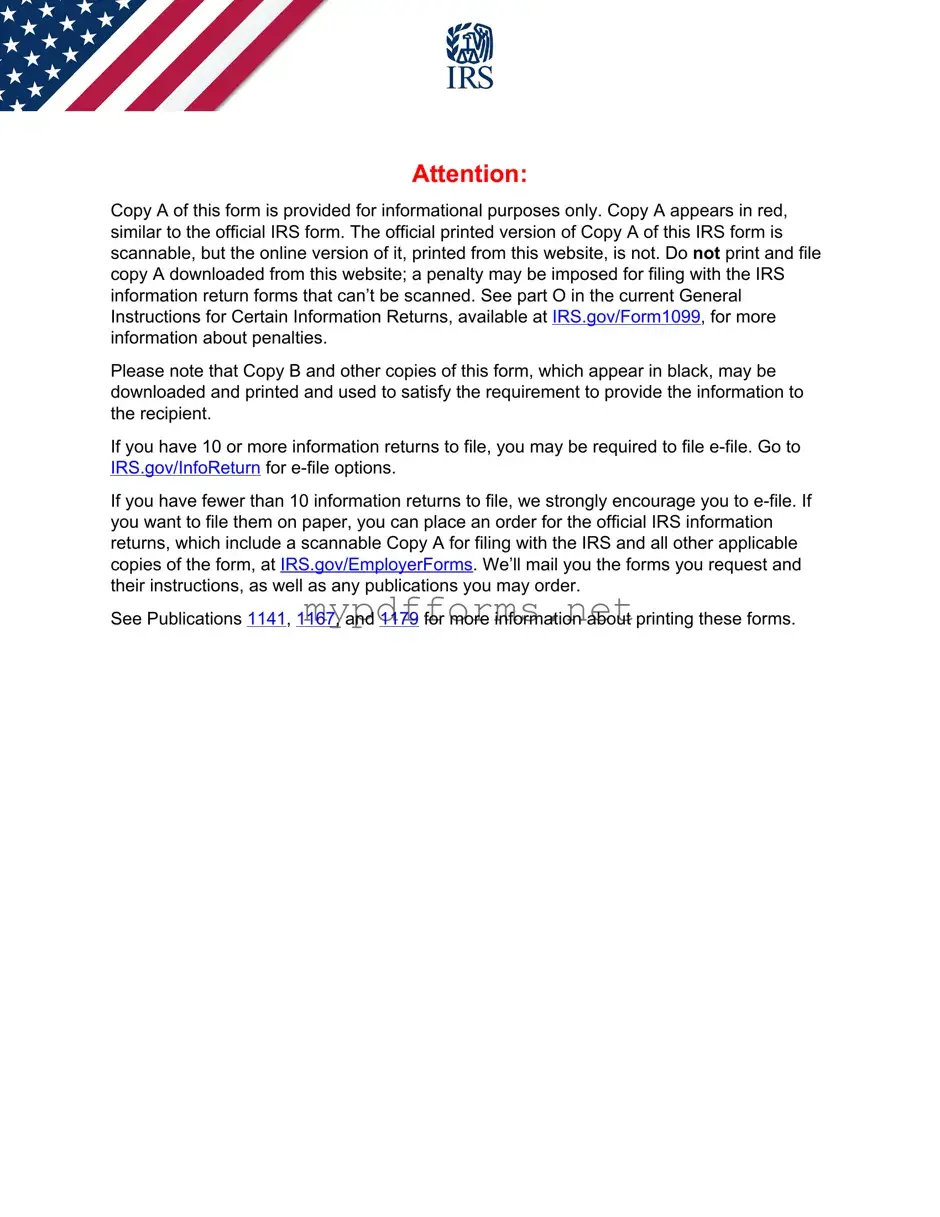The IRS 1099-MISC form plays a crucial role in the reporting of various types of income that are not classified as wages, salaries, or tips. This form is primarily used by businesses and individuals to report payments made to independent contractors, freelancers, and other non-employees for services rendered. In addition to reporting payments for services, the 1099-MISC form captures a range of other income types, such as rent, royalties, and certain types of prizes and awards. It is essential for both payers and recipients to understand the importance of accurate reporting on this form, as it helps ensure compliance with tax obligations and provides a clear record of income received throughout the tax year. The deadline for filing the 1099-MISC form varies depending on whether it is submitted electronically or by mail, and it is critical for businesses to adhere to these deadlines to avoid potential penalties. Furthermore, the form underwent changes in 2020, which shifted some reporting responsibilities to the 1099-NEC form, specifically for non-employee compensation, making it imperative for filers to stay informed about current regulations and requirements. Understanding the intricacies of the 1099-MISC form can help individuals and businesses navigate the complexities of tax reporting and ensure that they fulfill their financial responsibilities accurately.
